The Thrill of a Good Mystery
Shoofly book columnist Carole McKellar gives us a look at the different sub-genres of mystery novels and shares some of her all-time nail-biting favorites.
From the beginning, the mystery has taken many forms. Its various subgenres include:
Amateur Investigator
These stories feature a protagonist who is not a professional investigator or law enforcement officer. One recent favorite is “The Sweetness at the Bottom of the Pie” featuring a precocious 11-year-old girl, Flavia de Luce, who solves crimes in the sleepy English village of Bishop’s Lacey. In 1923, Dorothy L. Sayers intorduced Lord Peter Wimsey, an aristocrat who, with the help of his butler, Bunter, solves crimes in 20’s-era London. In the 1920s, Agatha Christie wrote the first of her 66 mysteries. Her most famous protagonists were the detective, Hercule Poirot, and Miss Marple. Cozy Cozy mysteries are essentially bloodless and neat. The victim won’t be missed and the solution is generally determined using emotional or logical reasoning. The cozy mystery usually takes place in a small town or village. Private detective Mysteries featuring private detectives are arguably the largest subgenre of mystery fiction. In addition to my early interest in Sherlock Holmes, I was a big Nero Wolfe fan. Nero Wolfe, created by Rex Stout, was a brilliant, eccentric detective who had a sidekick, Archie Goodwin, as his chronicler in much the same way that Dr. Watson wrote the adventures of Sherlock Holmes. In the 1930’s, Dashiell Hammett wrote ‘hard-boiled’ detective fiction. Among his well-known characters are Sam Spade from “The Maltese Falcon” and Nick and Nora Charles from “The Thin Man,” both of which became classic films. In the late 1930s, Raymond Chandler introduced his private detective, Philip Marlowe. Ross Macdonald, the pseudonym of Kenneth Millar, is credited with new levels of literary sophistication in his series featuring the detective Lew Archer. Other popular writers of detective fiction include Robert B. Parker, who wrote 40 novels about the private investigator, Spenser. John D. MacDonald created the much read Travis McGee series of mysteries and sold an estimated 70 million books in his career. In the 1970s, female private detectives gained popularity. Marcia Muller, Sara Peretsky, and Sue Grafton created tough, brainy females who don’t shy away from violence in a quest for the truth. Many of the private detective novels are part of a series. Sue Grafton, for example, is the author of the “alphabet series” featuring private investigator Kinsey Milhone. The 24th novel, “X,” was released in 2015.
Police Procedurals
Police crime novels are a subgenre of detective fiction that depicts the solving of crimes by the police. Some masters of the form and the detectives they created are Michael Connelly (Harry Bosch) , Jeffrey Deaver, (Lincoln Rhyme), John Sandford (Lucas Davenport), and James Patterson (Alex Cross), and Walter Mosley (Easy Rawlins). My favorite police series of mysteries was written by John Dunning and featured a Denver cop named Cliff Janeway. Dunning owned the Old Algonquin Bookstore in Denver, which specialized in rare books. Detective Janeway is an avid collector of rare first editions and the five books in the series are filled with information about the book trade. Legal Thrillers Lawyers are the major characters in this subgenre of crime fiction. John Grisham is arguably the most famous practitioner of the group. His breakout novel, “The Firm,” sold more than seven million copies. Linda Fairstein was a real-life District Attorney specializing in the prosecution of sex crimes, and her series, featuring the prosecutor Alexandra Cooper, concerns crimes against women. Medical Thrillers Authors with a medical background write most medical mysteries. Tess Gerritsen, retired physician, started out writing romantic thrillers, but gained prominence writing thrillers based on her medical experience. Patricia Cornwell worked as a technical writer for the Chief Medical Examiner of Virginia, which inspired Dr. Kay Scarpetta. Cornwell’s crime novels have sold more than 100 million copies. Spy novels Spy thrillers emerged in the early 20th century, inspired by rivalries between global powers and the emergence of modern intelligence agencies. The two World Wars, the Cold War, and the development of global terror networks provide the background for spy novels. The most famous fictional spy is the glamorous secret agent, James Bond, created by Ian Fleming. My personal favorite writer of the genre is John Le Carre, a former British spy. Le Carre creates anti-heroic protagonists who struggle with ethical issues and aren’t as one-dimensional as Bond.
Noir
Noir is a genre of crime fiction “characterized by cynicism, fatalism, and moral ambiguity.” Two varieties that have gained popularity are “Tartan Noir” and “Nordic Noir. Val McDermid is a Scottish crime writer, best known for a series of suspense novels featuring Dr. Tony Hill. Stieg Larsson’s Millennium trilogy featuring Lisbeth Salander propelled Scandinavian crime fiction into a worldwide phenomenon. Peter Hoeg wrote the atmospheric novel, “Smilla’s Sense of Snow,” that is my personal favorite of the genre. Historical Set in a particular time period, historical mysteries are usually well researched. Ellis Peters wrote mysteries involving a Benedictine monk, Brother Cadfael, which are set in 12th century Britain. Umberto Eco wrote “The Name of the Rose” about a murder that took place in an Italian monastery in the 14th century. Elizabeth Peters, an Egyptologist, wrote a series of mysteries set in Egypt featuring Amelia Peabody, an Egyptologist and amateur crime solver. Romantic Suspense Not a favorite of mine, there are a few romance mysteries that I enjoyed. “Rebecca” by Daphne Du Maurier, a novel which has never gone out of print since its publication in 1938, is moody and unforgettable.“Possession” by A.S. Byatt, a 1990 Booker Prize winner, switches between the present and the Victorian era. The novel features two academics in pursuit of the true story of two Victorian poets believed to be in a love relationship. The academics fall for each other and echo the perceived relationship they are researching. Psychological Psychological thrillers emphasize the psychological states of the characters. “Gone Girl” by Gillian Flynn was a huge bestseller at its publication in 2012. “The Girl On the Train” by Paula Hawkins has sold more than 15 million copies in the U.S. alone. Perhaps the most terrifying psychological thriller was “The Silence of the Lambs” by Tomas Harris, published in 1988.
Narrowing the field of mystery fiction for reader recommendations is a difficult task. I’ve left out so many worthy authors and novels. Two websites for information about mystery fiction are www.stopyourekillingme.com and bestmysterybooks.com. “Stop, You’re Killing Me,” lists over 4,900 authors including winners of prestigious awards such as the Edgar Award, named for Edgar Allen Poe. The Mystery Writers of America gives the Edgar awards annually to honor the best in mystery fiction. A reader could not go wrong reading Edgar award-winning fiction.
My friend, Jane Lee, is an excellent source of mystery titles for me. Jane compiled a list she calls “A Dozen Mystery Classics” that I’d like to share it with you. 1. “The Maltese Falcon” by Dashiell Hammett 2. “The Big Sleep” by Raymond Chandler 3. “The Chill” by Ross MacDonald 4. “An Unsuitable Job for a Woman” by P.D. James 5. “Tinker, Tailor, Soldier, Spy” by John LeCarre 6. “A Place of Execution” by Val McDermid 7. “The Silence of the Lambs” by Thomas Harris 8. “The Thief of Time” by Tony Hillerman 9. “Briarpatch” by Ross Thomas 10. “ Black Cherry Blues” by James Lee Burke 11. “The Judas Goat” by Robert B. Parker 12. “Strangers on a Train” by Patricia Highsmith Mysteries earn more than $730 million a year and are popular throughout the world. The basic appeal of mystery fiction is the ingenious resolution of a problem. The fact that the problem usually involves murder doesn’t deter the reader. We are content to observe the criminal at work as long as the wrongdoer is punished. The problem solver is smarter and tougher, and the solution of the puzzle usually appeals to our sense of right and wrong. In an uncertain world, the sense of order displayed in mystery and crime stories is satisfying to the reader. Comments are closed.
|
Categories
All
Archives
July 2024
|
Shoofly Magazine Partners
Our Shoofly Partners are local businesses and organizations who share our mission to enrich community life in Bay St. Louis, Waveland, Diamondhead and Pass Christian. These are limited in number to maximize visibility. Email us now to become a Shoofly Partner!

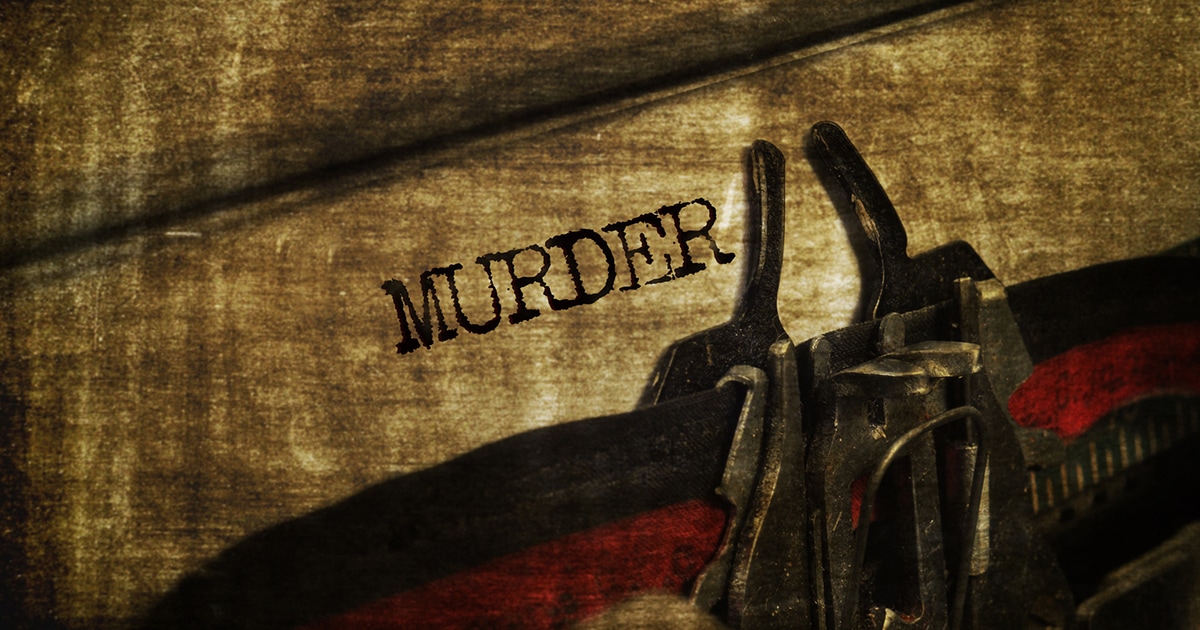

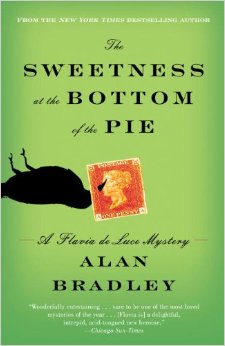
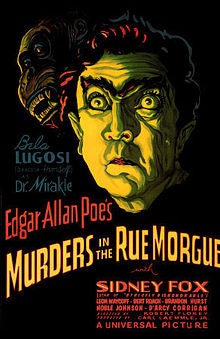
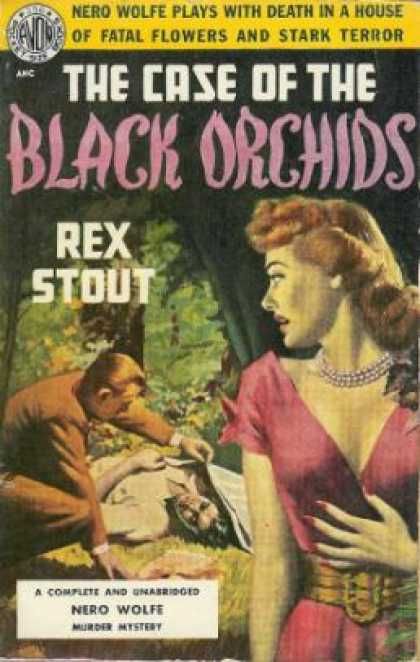
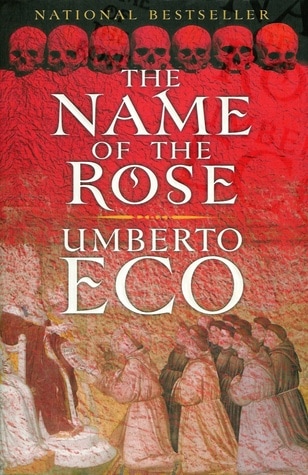
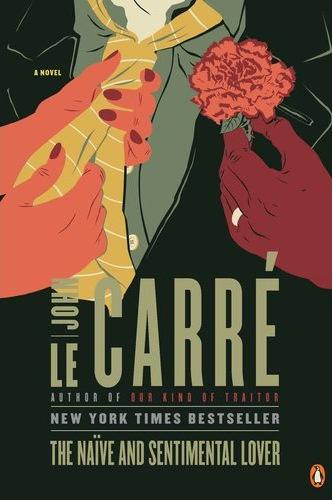
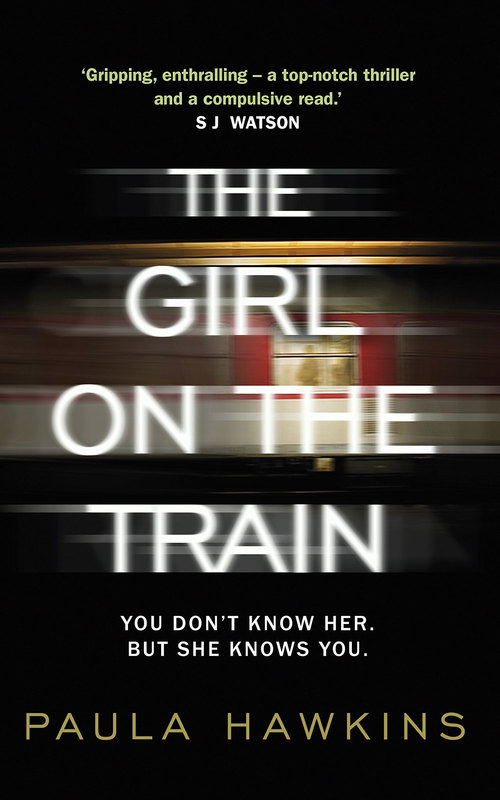

























 RSS Feed
RSS Feed























